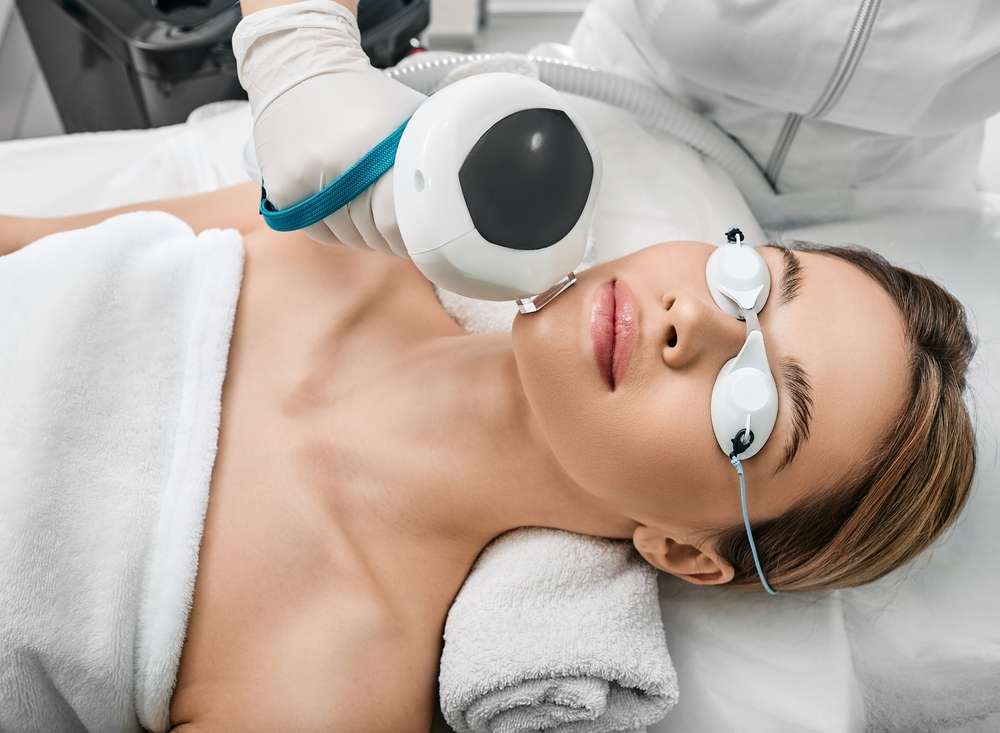Melasma Treatment Options for Facial Hyperpigmentation
Melasma is a common skin concern that causes brown or gray-brown patches, most often on the cheeks, forehead, nose, and upper lip. It can appear suddenly or develop over time and is influenced by hormones, sun exposure, and genetics. Understanding available approaches—preventive, topical, procedural, and lifestyle—helps set realistic expectations about results and maintenance. This article outlines typical treatment options, benefits and limitations, and what to discuss with a clinician when seeking care or local services.

This article is for informational purposes only and should not be considered medical advice. Please consult a qualified healthcare professional for personalized guidance and treatment.
How does melasma affect the skin?
Melasma results from increased melanin production and uneven pigment distribution in the upper and/or deeper layers of the skin. Patterns often follow sun-exposed areas and are symmetrical on the face. The condition can fluctuate with hormonal changes (pregnancy, birth control) and UV exposure. Because melasma affects pigment-producing cells rather than being an inflammatory scar, treatments target pigment suppression, skin-cell turnover, and barrier support. Outcomes vary; some people see significant lightening, while others experience repeated recurrence requiring ongoing management and sun protection.
What causes pigmentation changes?
Pigmentation changes in melasma come mainly from melanin overproduction and altered pigment transport. Triggers include ultraviolet (UV) radiation, visible light, hormonal shifts, certain medications, and genetic predisposition. Infrared and heat may also play a role for some people. Preventive measures focus on broad-spectrum sun protection (sunscreens that block UVA, UVB, and visible light), physical barriers (hats, clothing), and avoiding known hormonal or photo-sensitizing triggers when possible. Identifying triggers with a clinician helps tailor a maintenance plan to reduce recurrence.
Which laser options exist for melasma?
Laser and light-based procedures are used selectively for melasma because they can both improve and worsen pigmentation depending on the technique and skin type. Common approaches include low-fluence Q-switched lasers, fractional lasers, intense pulsed light (IPL), and picosecond devices. Treatment choice depends on the melasma pattern (epidermal vs dermal), skin phototype, and prior response to therapies. Lasers can offer faster pigment reduction for some individuals but carry risks of post-inflammatory hyperpigmentation and recurrence; multiple sessions and careful test spots are often recommended by clinicians.
What topical and oral treatments help?
Topical therapies are the foundation of melasma treatment. Ingredients with evidence include hydroquinone (a depigmenting agent), azelaic acid, kojic acid, topical retinoids, and combination creams that pair a bleaching agent with a retinoid and steroid for short-term use. Chemical peels (superficial glycolic or lactic acid peels) can support topical therapy by promoting exfoliation. In select cases, oral tranexamic acid (under medical supervision) has been used for pigment reduction. Treatment choice should consider skin sensitivity, pregnancy status, and potential side effects; some agents are contraindicated in pregnancy or require monitoring.
How to find local services and plan long-term care
When seeking local services, look for board-certified dermatologists or experienced medical estheticians working under medical supervision. Ask about experience treating melasma in your skin type, before-and-after photos for similar cases, and whether they perform test spots before laser or peel treatments. Long-term care commonly combines daily sun protection, maintenance topical therapy, periodic professional treatments, and lifestyle adjustments (avoiding tanning, reviewing medications). Manage expectations: melasma often requires ongoing maintenance rather than a single permanent cure.
Conclusion
Melasma treatment typically combines preventive measures, topical agents, procedural options, and ongoing maintenance to control pigmentation and reduce recurrence. Effectiveness varies by individual, pigment depth, and adherence to sun-protection and maintenance plans. Discussing risks, benefits, and realistic goals with a qualified skin specialist helps create a tailored, sustainable approach to manage melasma and protect overall skin health.






